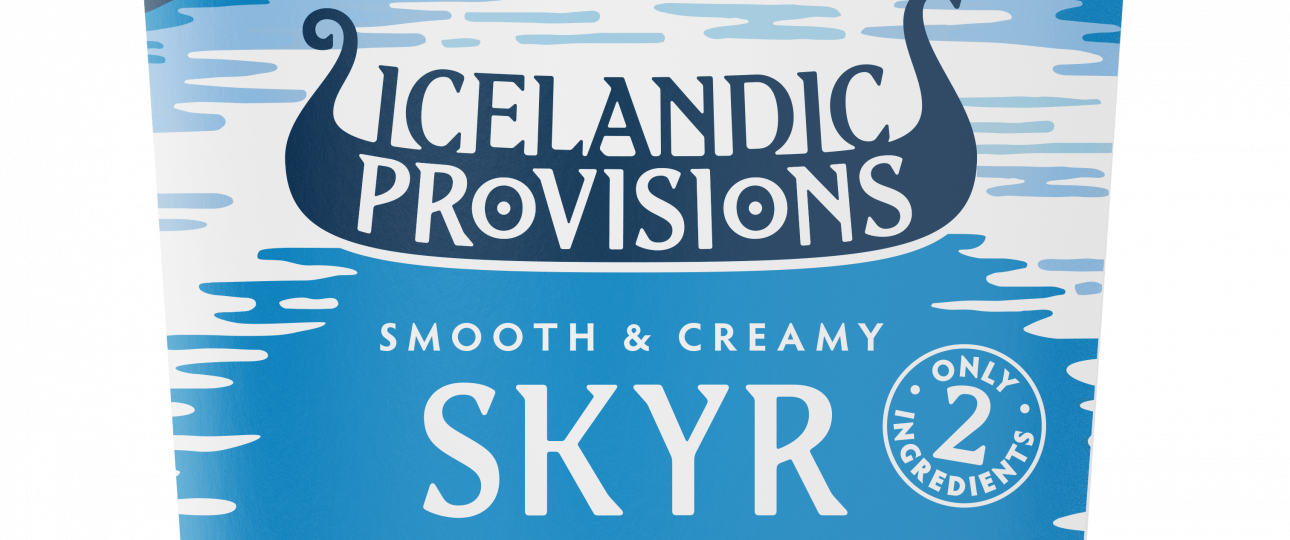Exploring Skyr: Iceland’s Traditional Dairy Delight
Skyr, a staple in Icelandic cuisine for over a thousand years, is often compared to yogurt but is technically a cheese. Made from cultured skim milk, its origins trace back to the Viking settlers of the 9th century. This connection to Iceland’s past makes skyr not just a food item but a cultural emblem.
History and Origins
Skyr’s history is intertwined with Iceland’s own. Introduced by Norse settlers during the Viking Age, it appears in medieval Icelandic sagas like Egil’s saga and Grettis saga. While these texts highlight its importance, they don’t detail its exact form back then. Originally crafted from sheep’s milk, today’s skyr is predominantly made from cow’s milk. This evolution reflects both historical continuity and adaptation.
Production and Characteristics
The making of skyr involves a meticulous process. Skimmed milk is heated, cooled, and then combined with a portion of a previous skyr batch to introduce essential cultures. Rennet is added, causing the milk to curdle. After fermenting for about five hours, the mixture is strained to remove whey, resulting in a thick, creamy product. This method classifies skyr as a fresh acid-set cheese.
Skyr is nutritionally dense. It offers high protein content, low fat, and is rich in calcium and probiotics. With approximately 13 grams of protein and only 0.2 grams of fat per 100 grams, it’s a healthy choice for those looking to maintain a balanced diet. Its mild flavor and creamy texture make it versatile, suitable for both sweet and savory dishes.
Skyr in Modern Cuisine
Today, skyr enjoys popularity beyond Iceland’s borders. Traditionally, it’s mixed with sugar and cream or paired with porridge. Modern uses include incorporating it into smoothies, desserts, and even as a cheesecake topping. Its adaptability has made it a favorite in contemporary culinary trends, from breakfast bowls to savory dips.
Cultural Impact
Skyr is more than a culinary delight; it’s a symbol of Icelandic heritage. The traditional methods of its production are cherished and passed down through generations. This ensures that skyr remains a living link to Iceland’s past, celebrated both locally and internationally.
While skyr’s global journey began in 2005 with exports to the U.S., its roots remain firmly planted in Icelandic soil. As it continues to gain international recognition, skyr stands as a testament to the enduring legacy of Iceland’s culinary traditions.




